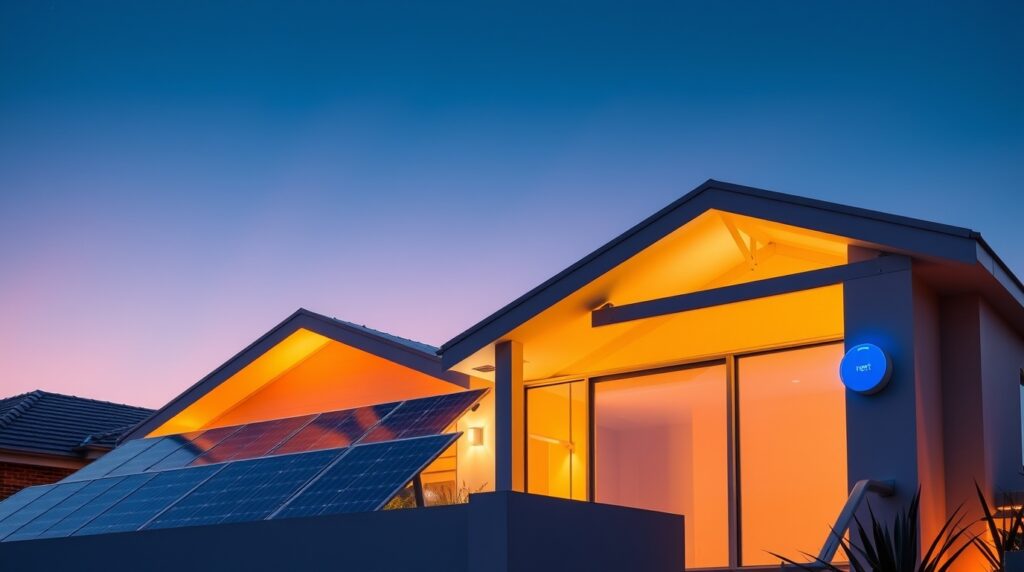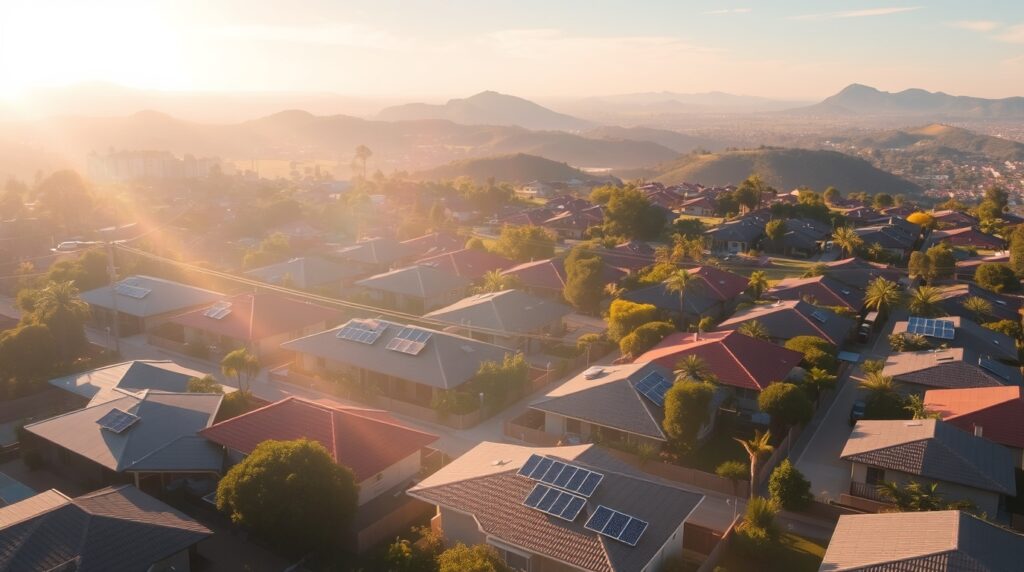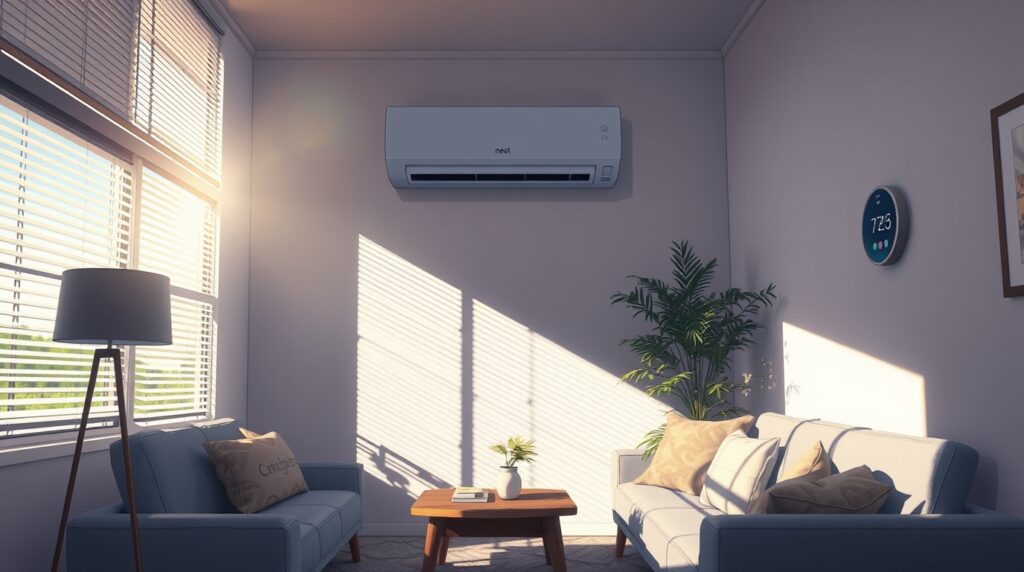
Table of Contents
Introduction
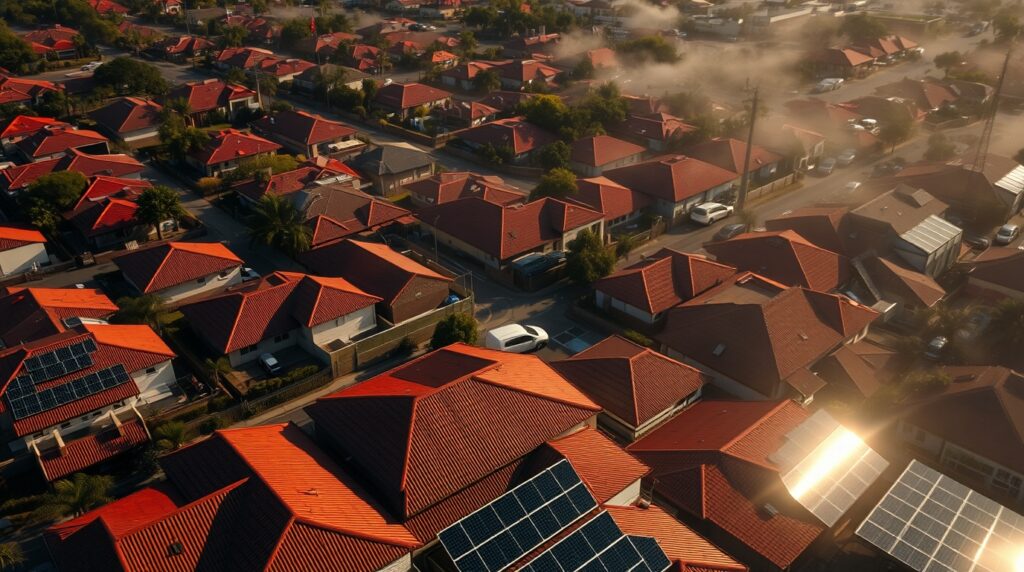
Summer in Australia can be a scorcher—my last cooling bill nearly knocked me flat. Up here in Queensland, keeping the air-con humming is a must, but the cost? Brutal. I started digging into ways to tame it without sweating through the night, and that’s when I landed on thermostats. These clever little gadgets promise to cut your energy use by learning your habits and tweaking the temp—all without you lifting a finger. In 2025, they’re a game-changer for Aussies like me who want to stay cool, save cash, and keep things sustainable.
If you’re one of the millions battling rising power bills (62% of us want smart tech to help, Roy Morgan 2023), this guide’s for you. I’ve tested a couple—Google Nest and Tado V3+—and figured out how to make them work in our climate. We’ll cover picking the right one, setting it up (spoiler: it’s easier than you think), and squeezing every dollar out of it. Let’s get into it.
With the increasing use of AI in everyday appliances, it’s clear that embracing technology can lead to smarter living.
With the rise of smart technology, thermostats are becoming essential for modern homes. Read also our previous post about AI sustainable living here.
Why AI Thermostats Matter in Australia
Our summers don’t mess around—40°C days aren’t rare, and split-system air-cons are everywhere, especially up north. Problem is, they guzzle power like nobody’s business. I used to leave mine on all day, thinking it’d keep the house bearable—until I saw the bill. AI thermostats flip that on its head. They learn when you’re home, check the weather, and adjust your cooling so you’re not wasting juice when you’re out grabbing a coffee.
Take my place: a typical QLD brick box, no insulation worth a damn. Before, I’d rack up $200/month just on cooling. With an AI thermostat, I’ve shaved off 10-15%—not massive, but $20-$30 back in my pocket each time. For renters or homeowners, it’s a cheap way to fight the heat without going full solar (like my EcoFlow setup from the last post). And with power prices tipped to climb in 2025, every bit counts.
Picking the Right Thermostat
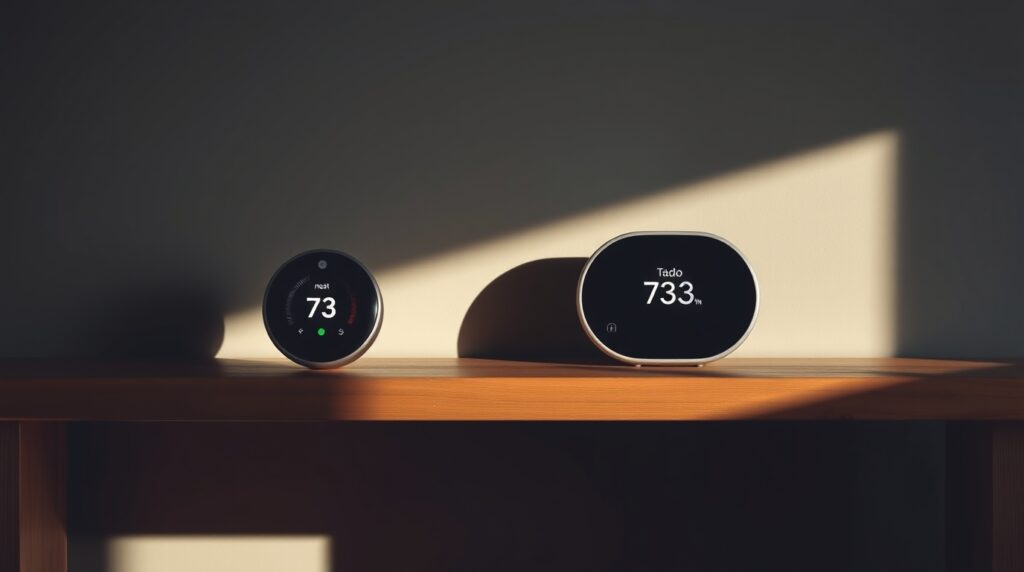
Two standouts caught my eye: the Google Nest Thermostat and the Tado Smart Thermostat V3+. Both use AI, but they’re built for different setups. Here’s the rundown:
- Google Nest Thermostat:
- Price: AUD 150—bargain for what it does.
- Features: Learns your routine in a week, cuts cooling/heating by 10-12% (Google stats), works with most systems.
- Why I Like It: Dead simple—20 minutes to install, and it’s renter-friendly. Check it here (/recommends/nest).
- Tado Smart Thermostat V3+:
- Price: AUD 200—a bit pricier.
- Features: Weather-smart AI, ace for split-systems (big in QLD), claims up to 20% savings.
- Why I Like It: Nailed my cooling—mate in Brisbane swears it halved his bill. See it here (https://amzn.to/4iutqCa).
Nest is my pick for a quick win—cheap and cheerful. Tado’s the go if you’ve got a split-system and humid hell to tame. Either way, you’re looking at under $200 to start—a fraction of solar gear.
Setting It Up: My Trial Run
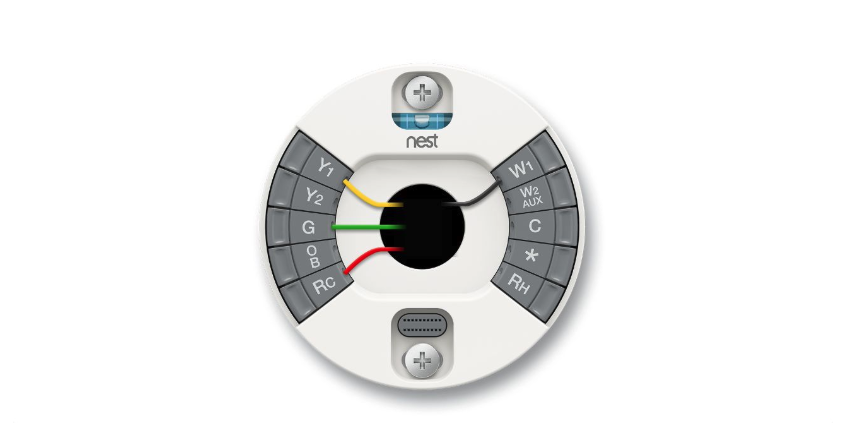
I went with the Nest first—figured I’d keep it simple. Unboxed it, grabbed a screwdriver, and had it swapped for my old thermostat in 20 minutes. The app’s a cinch—pair it to Wi-Fi, tell it your schedule (work 9-5, home by 6), and let it roll. First night, it cooled the lounge to 24°C before I got home—spot on. Only hiccup? Wi-Fi dropped once, but a reset sorted it.
Then I borrowed a Tado from my Brisbane mate to test. It’s a bit fussier—needs a bridge for split-systems (extra $50 if not bundled)—but setup was still under half an hour. Hooked it to my air-con, synced the app, and it started adjusting based on the forecast. By day two, it was cutting the temp when clouds rolled in—smart as anything. If you’re not tech-savvy, YouTube’s your mate—plenty of walk-throughs.
Optimising for Savings: Tips That Worked
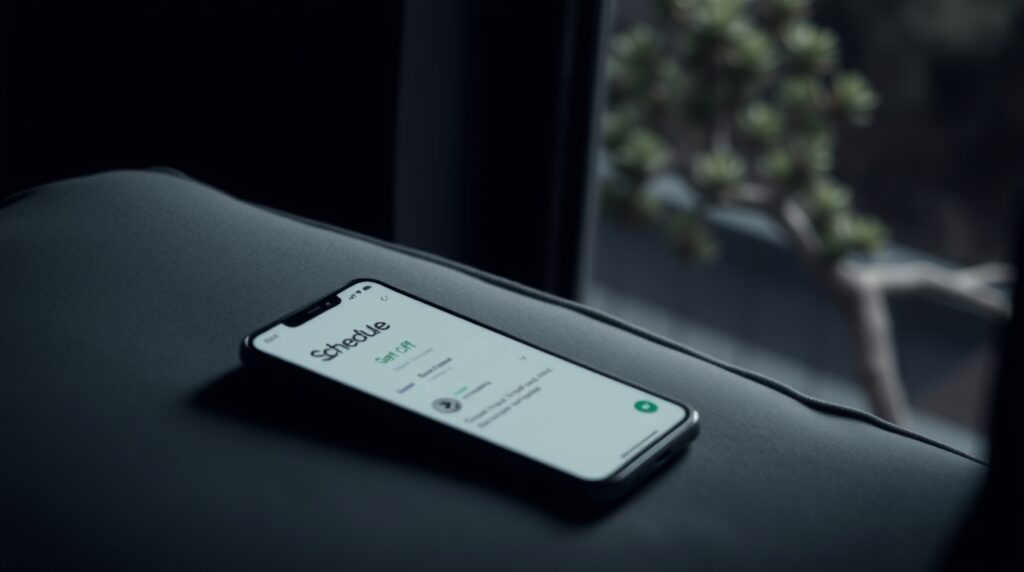
- Set a Schedule: Tell it when you’re out—Nest dropped my cooling from 8am-5pm, saving 2-3 kWh/day.
- Use Weather Smarts: Tado’s edge—ramped down when rain hit, no point blasting then.
- Pre-Cool: Nest starts 30 minutes before I’m home—house is comfy without running all day.
- Check Stats: Both apps show usage—Nest flagged my 3pm spike, so I shifted it to solar hours (cheaper).
First month with Nest, my bill dipped $20—10% off cooling. Tado’s test week saved $15—closer to 15%, thanks to split-system efficiency. Pair it with solar (like my EcoFlow from Post 2), and you’re laughing—run cooling when the sun’s free. My tip? Start small—tweak one setting a week, see what sticks.
Pros and Cons: What I Reckon
Google Nest:
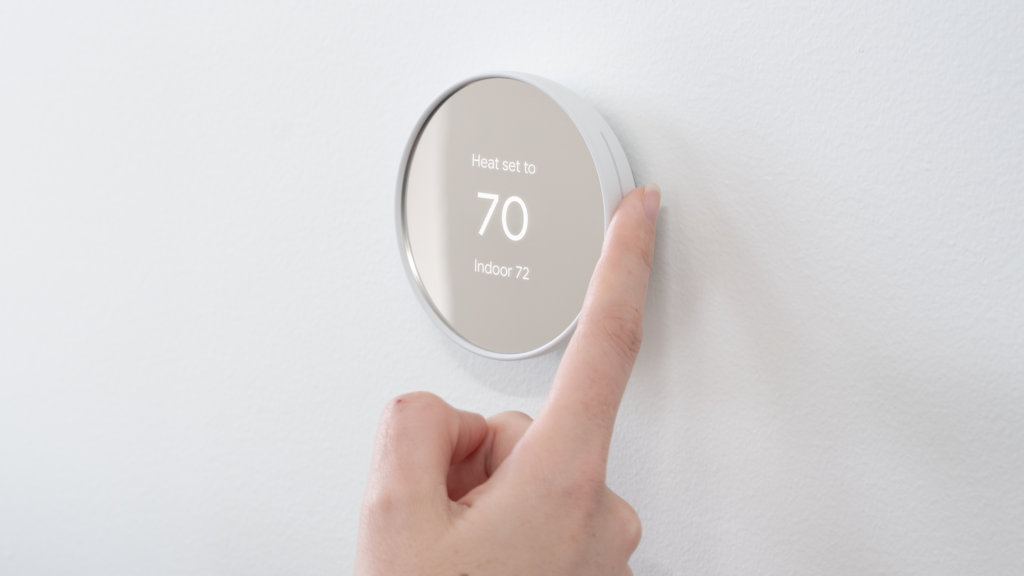
- Pros: Cheap (AUD 150), easy install, solid 10-12% savings.
- Cons: Basic weather smarts—misses split-system finesse.
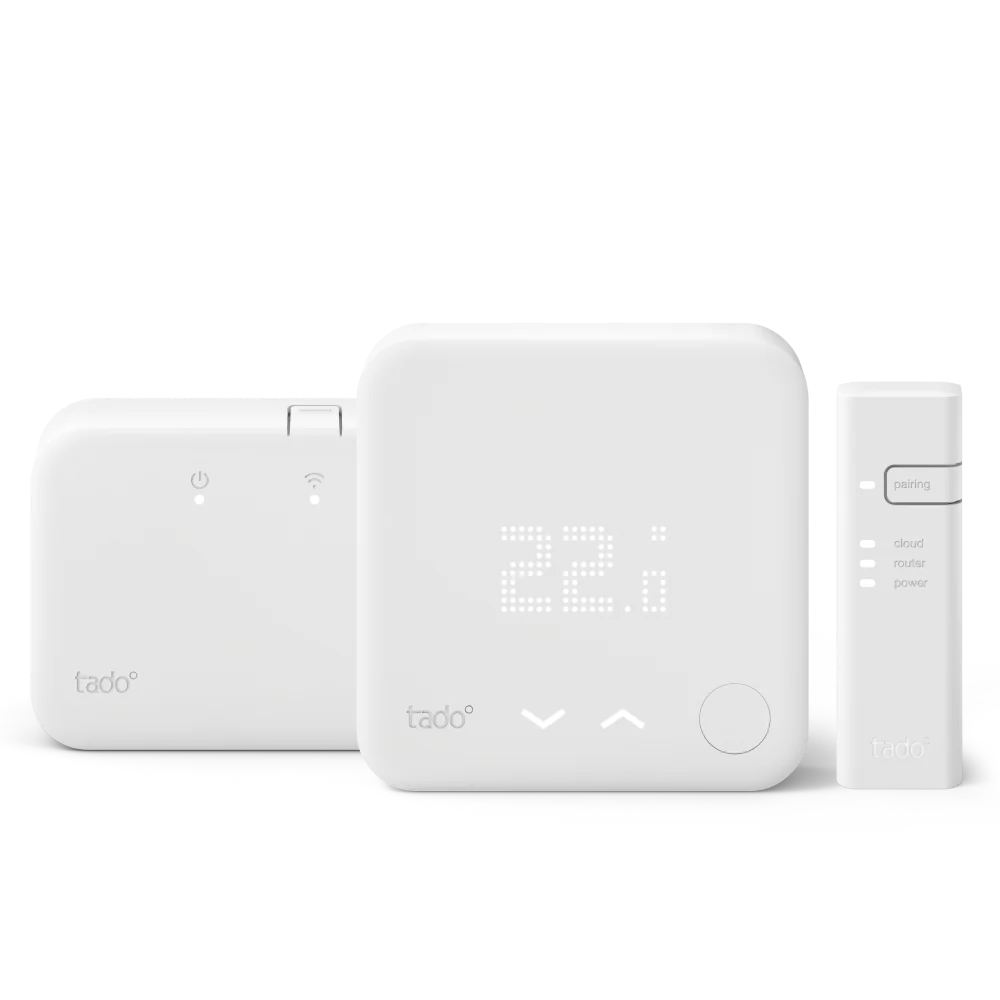
- Pros: Smarter AI, up to 20% off cooling, split-system champ.
- Cons: Pricier (AUD 200-300), extra bridge hassle.
Nest’s a no-brainer for renters or small setups—worked a treat in my flat. Tado’s worth it if you’re north of NSW and split-systems are your lifeblood. Neither’s perfect—Nest lagged once, Tado’s setup annoyed me—but they beat a dumb thermostat hands down.
Worth It for Your Cooling Bill?
Summer last year nearly broke me—$200 bills were standard. With Nest, I’m down to $170-$180; Tado’s test pushed it lower. That’s $20-$30/month back—$240-$360/year. For AUD 150-$200 upfront, it pays off in under a year—faster if you’re a cooling hog. Queenslanders, WA folks—anywhere hot and sticky—will feel it most. No air-con? Skip it—window fans are your gig.
For sustainable living in 2025, these are gold—cheap, smart, and they fit Aussie homes like a glove. Grab a Nest here (here) or Tado here (https://amzn.to/4iutqCa) if you’re sold.
- Philips Hue Review: Smart Lighting That Saves Power in Australia (2025)
- 5 Best AI-Powered Eco Gadgets for Aussie Homes in 2025
- Top Solar Rebates in Australia for 2025: Boost Savings with AI
- How to Slash Your Cooling Bill with AI Thermostats in Australia
- EcoFlow Smart Home Panel 2 Review: Is It Worth It for Aussie Homes?

